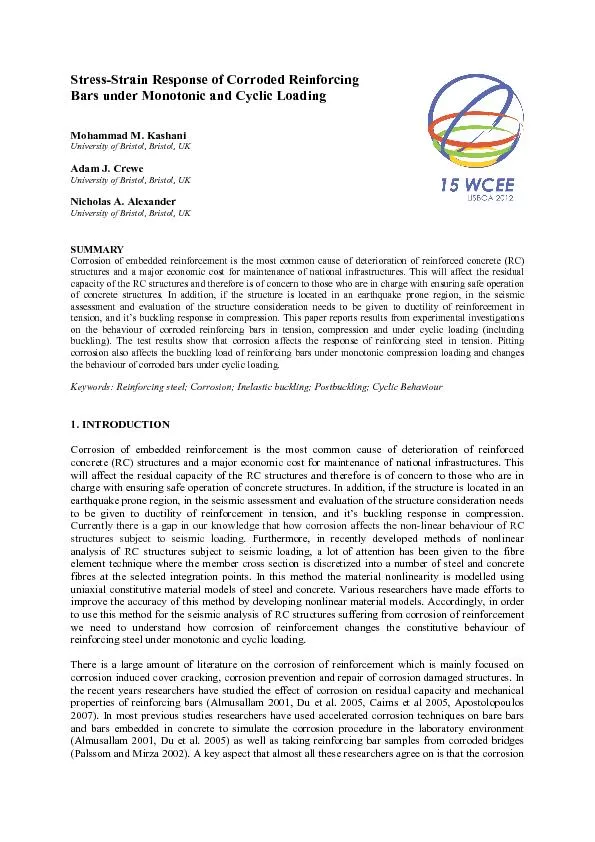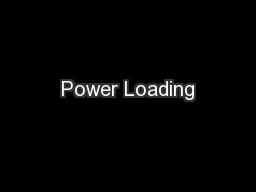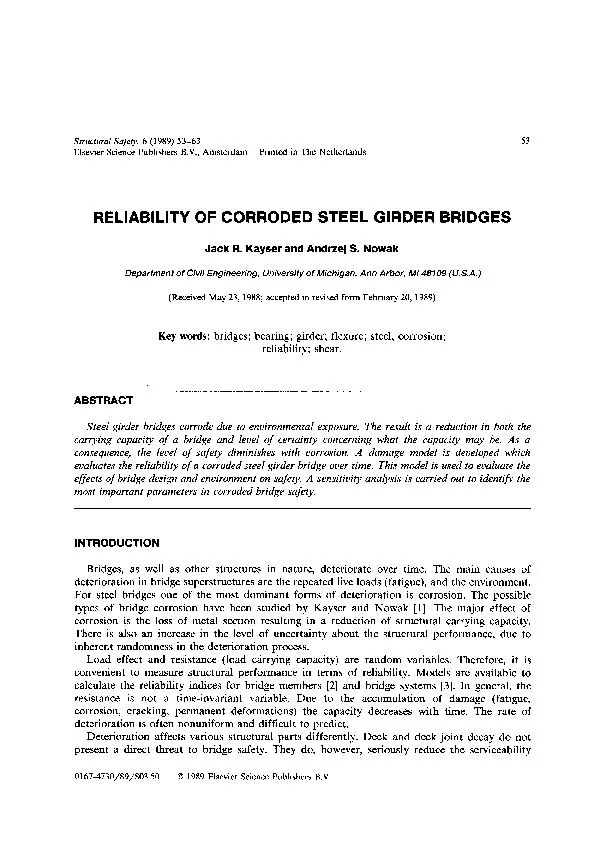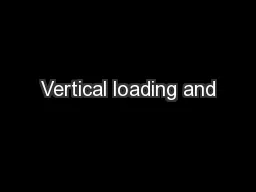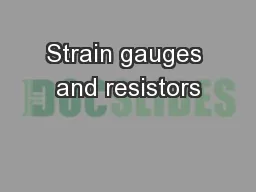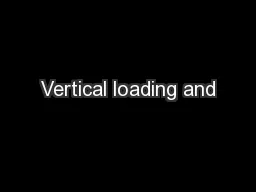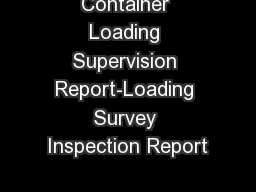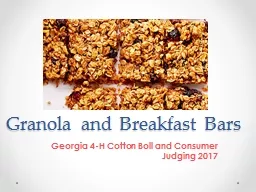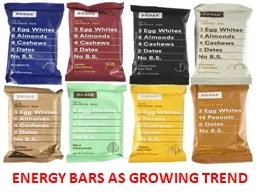PDF-Strain Response of Corroded Reinforcing bars under monotonic and cycle loading
Author : tatiana-dople | Published Date : 2017-03-27
Stre ss Bars under Monotonic and Cyclic Loading Mohammad M KashaniUniversity of Bristol Bristol UKAdam J CreweUniversity of Bristol Bristol UK does not change the
Presentation Embed Code
Download Presentation
Download Presentation The PPT/PDF document "Strain Response of Corroded Reinforcing ..." is the property of its rightful owner. Permission is granted to download and print the materials on this website for personal, non-commercial use only, and to display it on your personal computer provided you do not modify the materials and that you retain all copyright notices contained in the materials. By downloading content from our website, you accept the terms of this agreement.
Strain Response of Corroded Reinforcing bars under monotonic and cycle loading: Transcript
Download Rules Of Document
"Strain Response of Corroded Reinforcing bars under monotonic and cycle loading"The content belongs to its owner. You may download and print it for personal use, without modification, and keep all copyright notices. By downloading, you agree to these terms.
Related Documents

